Climbing Mount Toubkal in Mid-May: A Two-Day Adventure from Marrakech
Mount Toubkal, the highest peak in North Africa, stands tall at 4,167 meters in Morocco’s Atlas Mountains. If you’re dreaming of conquering this majestic summit, mid-May is a great time to plan your climb. Here’s why, plus my personal journey, tips, and everything you need to know for an unforgettable trek.
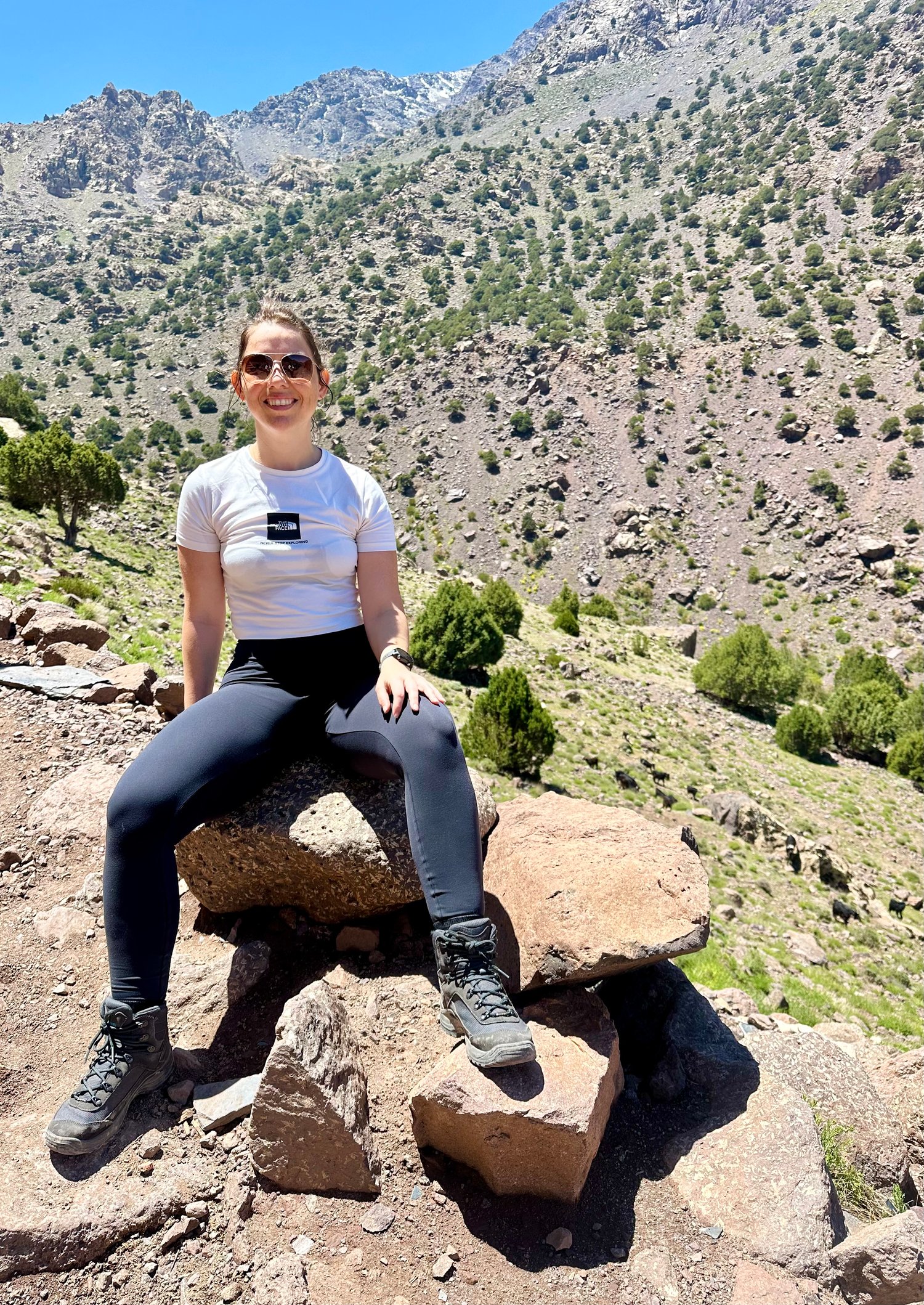
Best Time to Climb Mount Toubkal
The best time to climb Mount Toubkal is from mid-May to mid-October. During these months, the weather tends to be mild, the trails are accessible, and the likelihood of encountering heavy snow is significantly reduced compared to winter.
When I climbed in mid-May, there were still a few patches of snow near the summit, reminding me that even spring can bring a taste of winter at high altitudes.
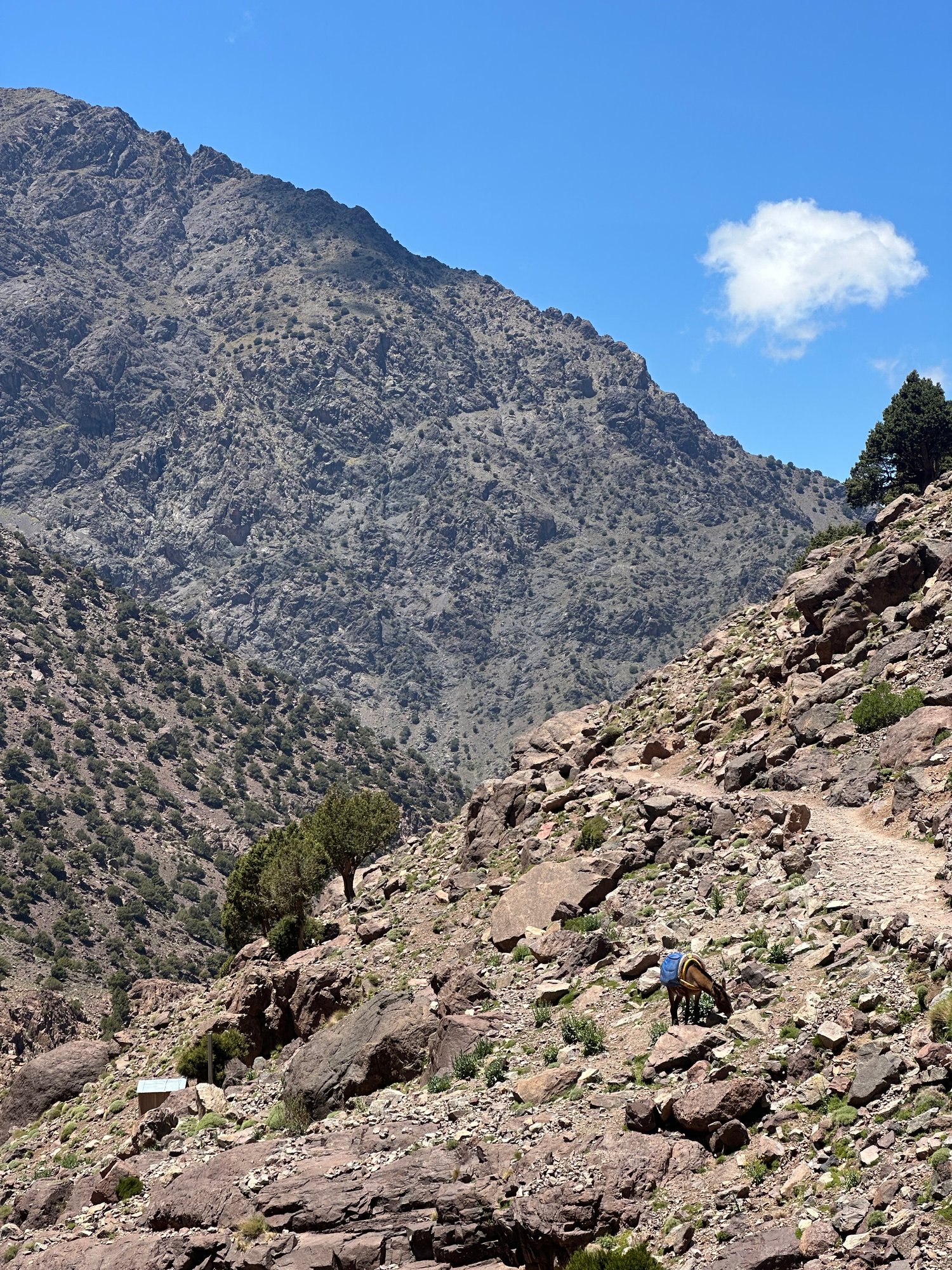
Why a Guide Is Compulsory
Climbing Mount Toubkal requires a licensed guide. There's a checkpoint where officials check passports and confirm you're with one—this ensures safety, protects the environment, and benefits local communities.
I joined a two-day guided tour from Marrakech, which left early in the morning and returned in the evening of the second day. The whole experience was incredible, and I can’t recommend the tour I did enough and my guide enough—Yassin was patient, kind, and professional, offering top-notch hospitality from the driver to our chef.
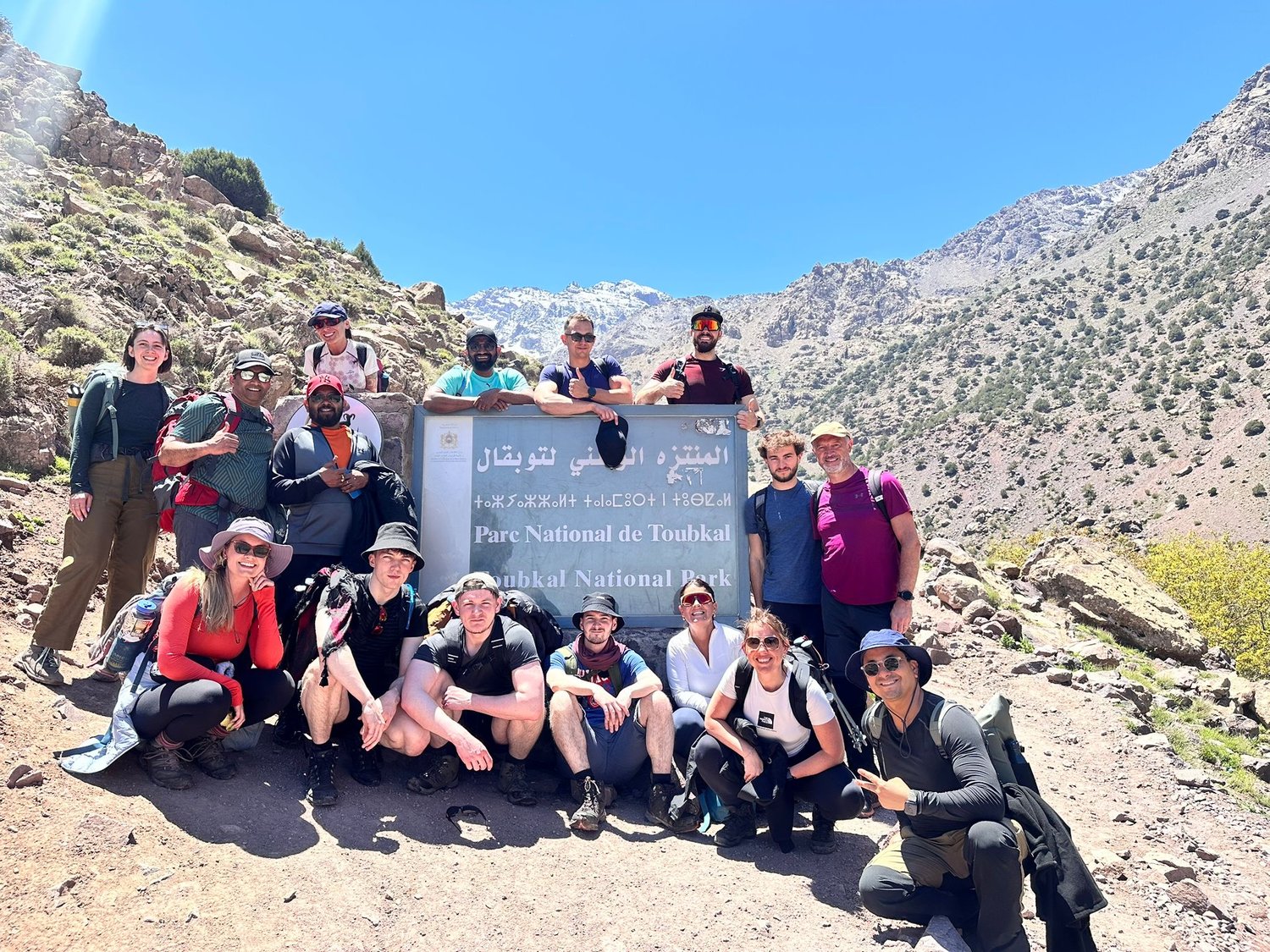
The Two-Day Tour Experience
Day 1: Marrakech to Imlil, then Basecamp
Our adventure kicked off bright and early with an 8 a.m. pickup in a comfy minivan from Marrakech. Right on time, like clockwork. After about 1 hour and 20 minutes, we reached Imlil—the gateway to Mount Toubkal. This is where the real journey begins.
In Imlil, we stored our main bags and packed only what we needed for the night into a small backpack. The mules carried those up to the refuge, while we kept just the essentials—phones, money, and passports (a copy is fine too).
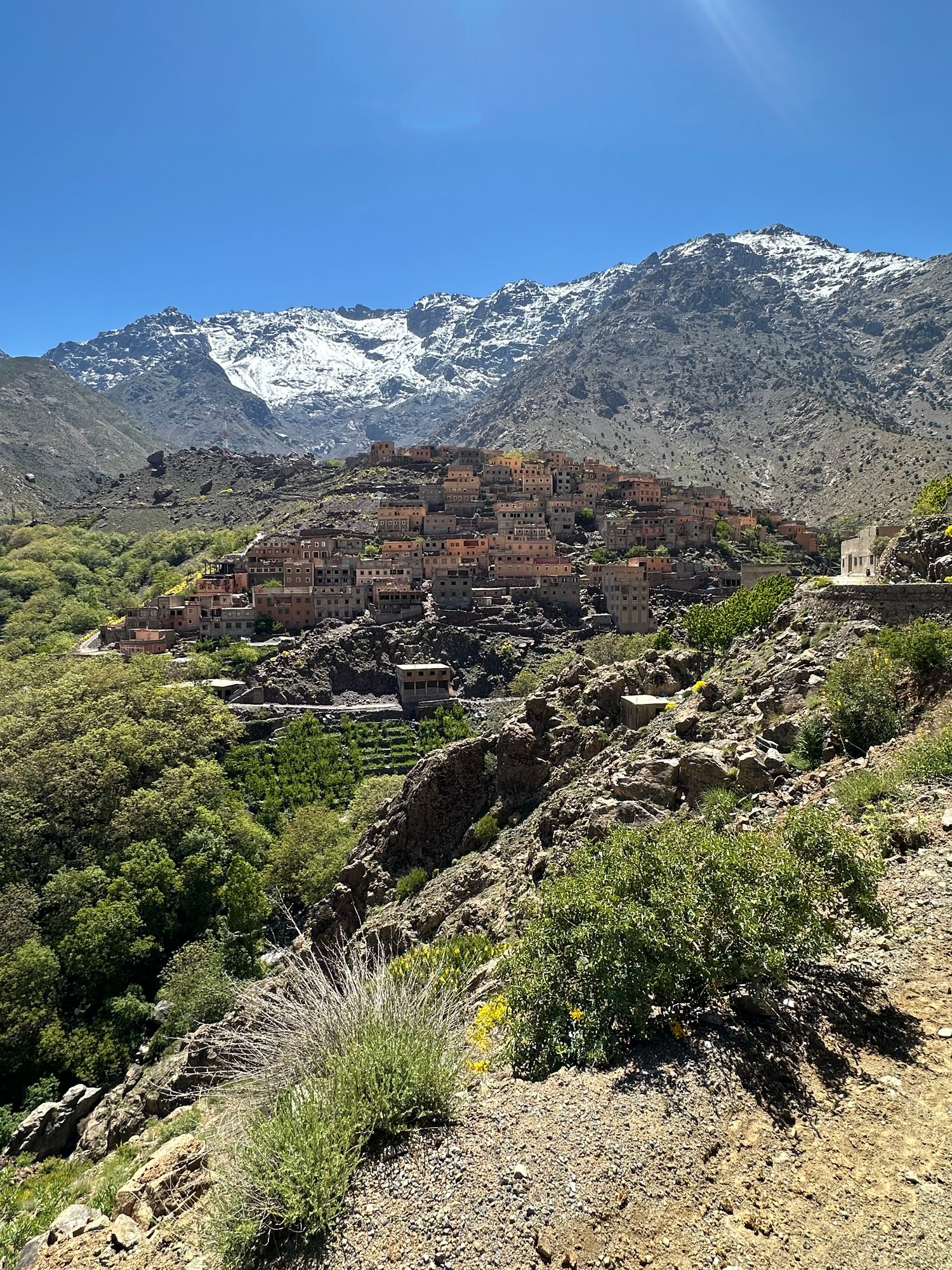
The trek from Imlil to basecamp is often described as an “easy day,” covering around 12 km with a 1,460-meter elevation gain. It took us about 8 hours, including a couple of breaks for passport checks and a hearty lunch. While the trail is wide and non-technical, don’t be misled—it’s a steady uphill climb with barely a flat stretch in sight. You’ll need a decent level of fitness to get through it comfortably. I have to admit, I underestimated how demanding it would be. Then again, I suppose it all comes down to how you define "easy."
Our refuge for the night was simple but cozy, with dorm-style rooms and basic amenities. There’s no electricity after dinner, so having a headlamp is a must. Dinner was delicious, with vegetarian options available, and honestly, the food throughout the trek was impressive—especially considering the remote setting. Included in the tour were one breakfast, two lunches, and one dinner, featuring a tasty mix of soups, couscous, tagines, salads, pasta, and plenty of fresh bread. No one in our group got sick, which was a huge relief—not just in Morocco, but anywhere I travel, that’s always a concern.
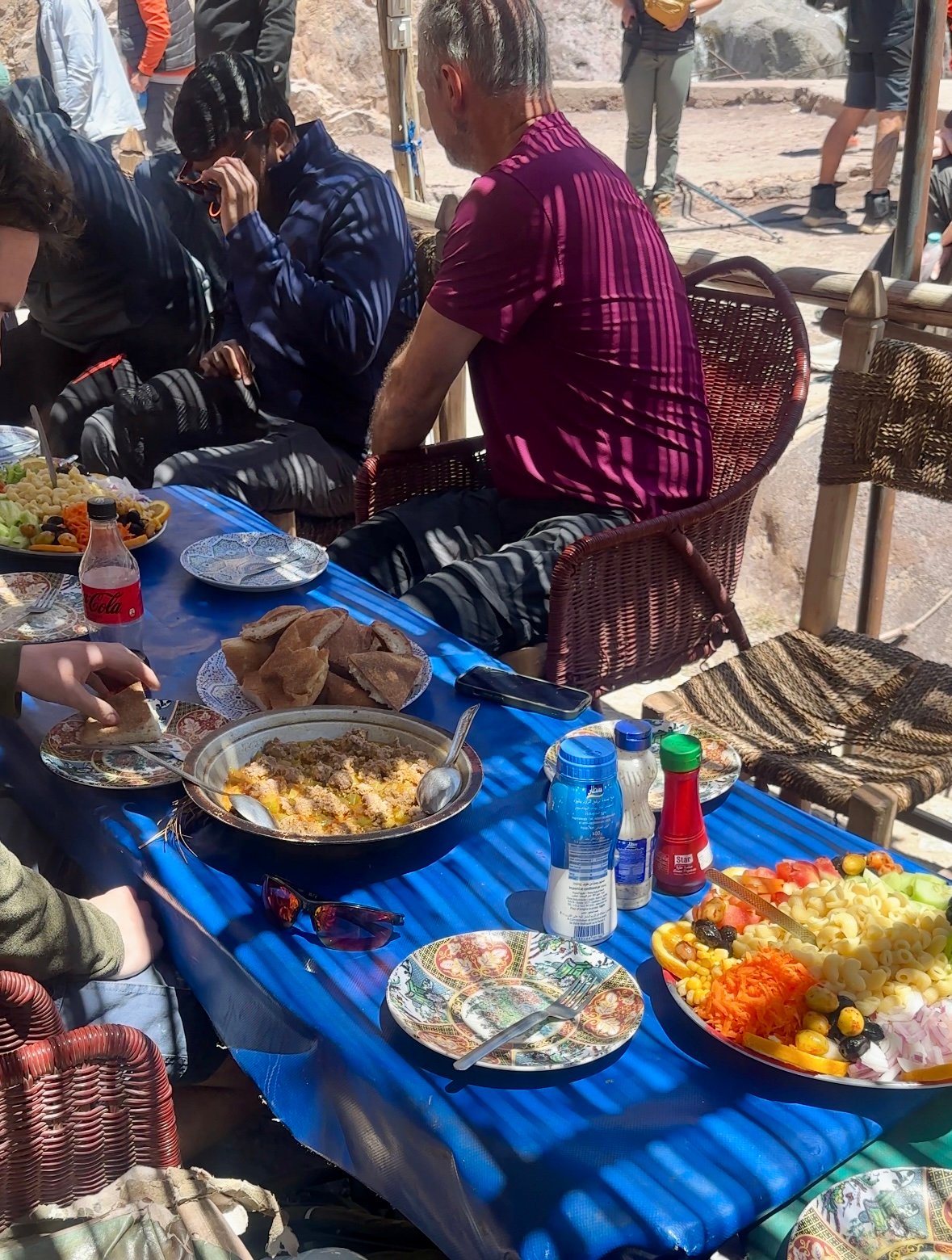
The highlight of day one wasn’t just reaching basecamp—it was the connection with the group. Sharing stories and laughter over dinner created a genuinely warm and friendly atmosphere, despite the long and tiring climb.
Day 2: Summit Day and Return
The day started with a 2:30 a.m. wake-up call, breakfast at 3, and a 3:30 a.m. departure into the pitch-black night, guided only by our headlamps. Our goal was to reach the summit in time for sunrise. The final stretch from basecamp to the summit was about 5 km with a 967-meter climb. Although the trail isn't considered technical, the high altitude and rocky terrain made it quite challenging. Walking sticks were essential—not only to ease the strain on my knees during the descent but also to help on the ascent. At times, I even had to use my hands for extra balance and support. Luckily, my guide stayed by my side throughout, offering encouragement and support whenever I needed it.
Reaching the summit was truly unforgettable. The 360-degree panoramic view of the Atlas Mountains glowing in the soft sunrise light was absolutely breathtaking—something no photo can truly capture. If you love hiking and mountain adventures, this experience definitely deserves a spot on your bucket list.

On the way back, some in our group opted to take mules down to Imlil (around €20 as of May 2025), but I chose to walk the whole way. It was exhausting—especially on my toes (lesson learned: break in your hiking boots before the trip!)—but completing the trek on foot made the achievement even sweeter.
We got back to Imlil in the late afternoon and arrived at our riad in Marrakech by 8 p.m.
Overall Stats (2-Days)
- Total distance: 34 km
- Total Elevation Gain: 2,427 meters
- Time on Feet: ~18 hours
- Estimated Calories Burned: 6.256
Essential Tips for Climbing Mount Toubkal
- Always check the weather forecast before your climb—especially for the summit—since mountain conditions can change quickly. Mountain Forecast for Toubkal is a great resource.
- Pack warm clothing, even if you’re climbing in May. A buff, gloves, a quality jacket, and proper hiking pants are must-haves.
- If you’re limited on luggage space, consider renting gear in Imlil. However, you might want to bring your own buff since you’ll use it on your face.
- If you rent just one piece of equipment, make it walking sticks—they’re absolute lifesavers. Your knees will thank you on the way down. On the second day, you’ll cover around 17 km, with about 12 km of that being downhill.
- Your luggage will be stored in Imlil, so just bring the essentials in your backpack, which the mules will carry for you.
- A headlamp is crucial for the early start on summit day and for nighttime trips to the bathroom.
- Bring flip-flops and toilet paper for comfort at the refuge, as these aren’t provided.
- Depending on the season, you might need a sleeping bag; we rented ours in Imlil.
- There are no shops between basecamp and the summit, so pack enough water and snacks—or buy them at the refuge.
- Train in advance! For context, I had run a marathon and was preparing for a Hyrox race but hadn’t specifically trained for the mountain. I underestimated the trek, relying mostly on weight training and casual walks. I only did about five stepper workouts before the climb. I highly recommend stepper sessions, cardio, and hiking practice to build endurance.
- Money saving tip: Booking through this link will save you about €30 compared to booking directly with the tour operator. Don’t just take my word for it—see for yourself!
Final Thoughts
Climbing Mount Toubkal stands out as one of the most rewarding experiences I’ve ever had. From the well-organized tour and fantastic guides to the delicious food, breathtaking views, and the bond shared with the group—it was truly unforgettable.
A big thanks to my guide Yassin—his patience, humor, and kindness kept me motivated and safe throughout the entire trek. If you’re thinking of climbing, take my advice and book this tour. The reviews say it all.
If you’re ready for the challenge, prepare thoroughly, respect the mountain, and get ready for an adventure that will stay with you forever!
Happy Travels! x
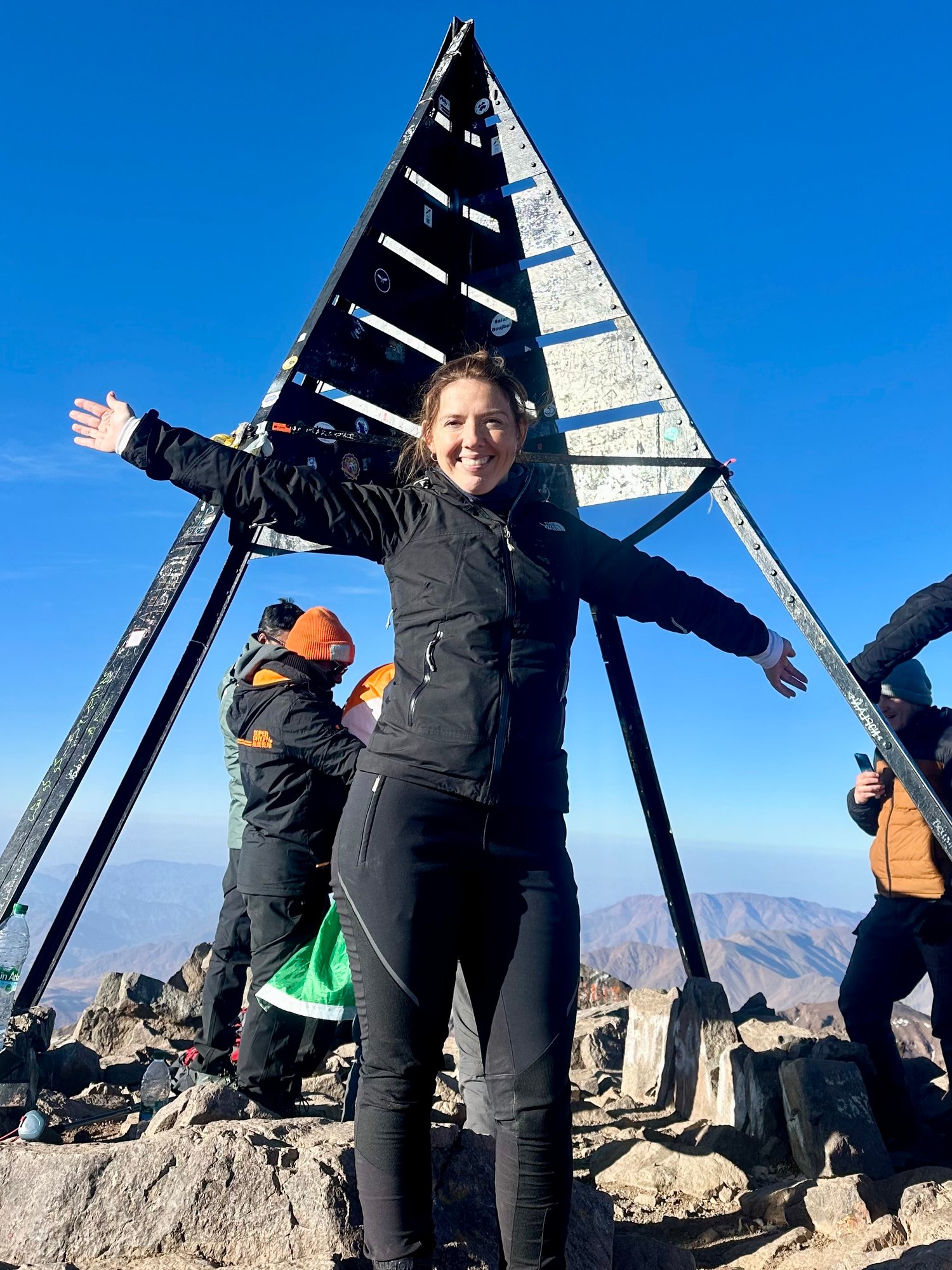
For more travel inspiration, don’t forget to follow me on Instagram @journeywithme.mt
Disclaimer: All content and photos in this blog post are my own unless otherwise stated. Please do not copy, reproduce, or use any images or text without written permission.
Affiliate Disclosure:
This post contains an affiliate link. If you make a purchase through it, I earn a small commission at no extra cost to you. Thank you for your support!
